Every dog owner dreams of those extra years with their beloved companion. That longing look in their eyes when they greet you at the door, those warm snuggles on cold evenings, the way they seem to understand your every mood. Honestly, I think most of us would give anything to freeze time and keep our furry friends with us forever.
Recent scientific research has revealed fascinating insights about canine longevity, showing that certain breeds consistently outlive others by several years. While genetics play a crucial role, the choices we make as pet parents can significantly impact our dogs’ lifespans. These ten remarkable breeds offer the best chance for a long, loving partnership that could span nearly two decades.
Lancashire Heeler: The Compact Champion

The longest living breeds were found to be the Lancashire Heeler (12-15 years), making this lesser-known gem the ultimate longevity winner. These small, sturdy dogs were originally bred for herding cattle and catching rats in England’s countryside.
Think of them as the scrappy underdogs of the canine world. Despite weighing only around 15 pounds, Lancashire Heelers possess remarkable resilience and rarely suffer from the genetic issues that plague many purebreds. Their compact size means less strain on joints and organs, while their working heritage has gifted them with robust health.
These dogs thrive on mental stimulation and moderate exercise. Watch for signs of boredom like excessive barking or destructive behavior, which signals they need more engagement. A daily walk combined with puzzle toys keeps both their bodies and minds sharp well into their golden years.
Tibetan Spaniel: The Ancient Survivor

Tibetan Spaniel (12-15 years) ranks among the longest-living breeds, and there’s something almost mystical about these little dogs. Originally bred in Tibetan monasteries as companion dogs and watchdogs, they’ve developed an almost supernatural ability to read human emotions.
What sets Tibetan Spaniels apart is their incredible adaptability. They’re equally content in apartments or houses, with active families or quieter households. Their moderate exercise needs make them perfect for seniors or busy professionals who still want an active companion.
Prevention tip: Tibetan Spaniels are generally healthy, but can be prone to certain health conditions such as patellar luxation and dental issues. Regular dental care and weight management are your best defenses against common health problems.
Miniature Dachshund: Small Dog, Big Heart
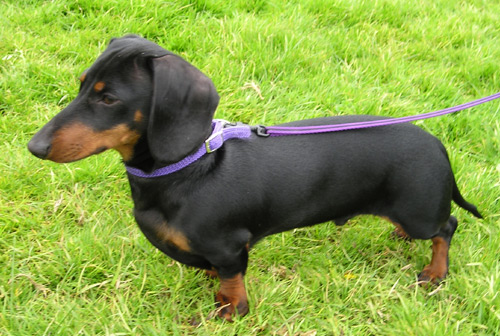
Miniature Dachshund (14.0 years) proves that good things come in small packages. These “wiener dogs” may look comical, but their longevity statistics are no joke. Miniature dachshunds, for instance, which are both small and long-nosed, had a median lifespan of 14 years.
Their unique body shape requires special attention to prevent back injuries. Never let your Dachshund jump from furniture or go up and down stairs repeatedly. Think of their spine like a suspension bridge, it needs support and shouldn’t be stressed with sudden movements.
Watch for early signs of disc problems: reluctance to jump, hunched posture, or sensitivity when touched along the back. Maintaining a healthy weight is absolutely crucial, as even one extra pound on a 12-pound dog significantly increases spinal stress.
Toy Poodle: Intelligence Meets Longevity

Toy Poodles have an average life expectancy of 12-15 years, with some reaching 16-18 years. As a very small dog, Toy Poodles are lucky to have a long lifespan if you care well for them. Their remarkable intelligence isn’t just entertaining, it’s actually linked to their longevity.
Smart dogs tend to be more adaptable to changing circumstances and better at avoiding dangerous situations. Toy Poodles learn quickly and respond well to training, making them easier to keep safe throughout their lives. Their hypoallergenic coat is just an added bonus.
The key to a Toy Poodle’s long life lies in regular grooming and mental stimulation. Most Poodles need to be brushed once a day. Regular baths with a Poodle-specific shampoo and conditioner will keep the coat clean and shiny. Neglected coats can lead to painful skin conditions that impact overall health.
Chihuahua: Tiny but Tough
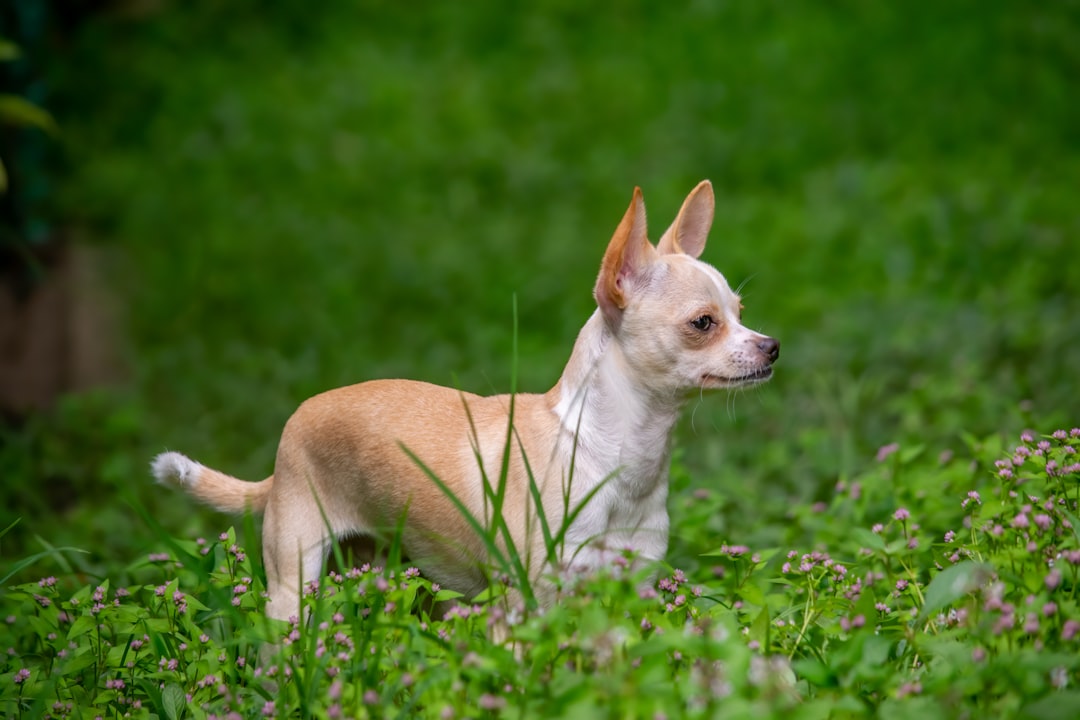
Both Chihuahuas and Poodles are healthy dog breeds with life expectancies of 14–16 years, proving that size definitely matters when it comes to longevity. These pocket-sized personalities pack more attitude per pound than any other breed.
Don’t let their fragile appearance fool you. Chihuahuas are surprisingly hardy, but they do need protection from temperature extremes. Their tiny bodies lose heat rapidly in cold weather and can overheat quickly in summer. Think of them as having the heart of a lion in the body of a teacup.
Dental care is absolutely critical for Chihuahuas. Their small mouths crowd teeth together, creating perfect breeding grounds for bacteria. Daily brushing prevents the dental disease that can shorten their lives by affecting heart and kidney function.
Jack Russell Terrier: The Energizer Bunny
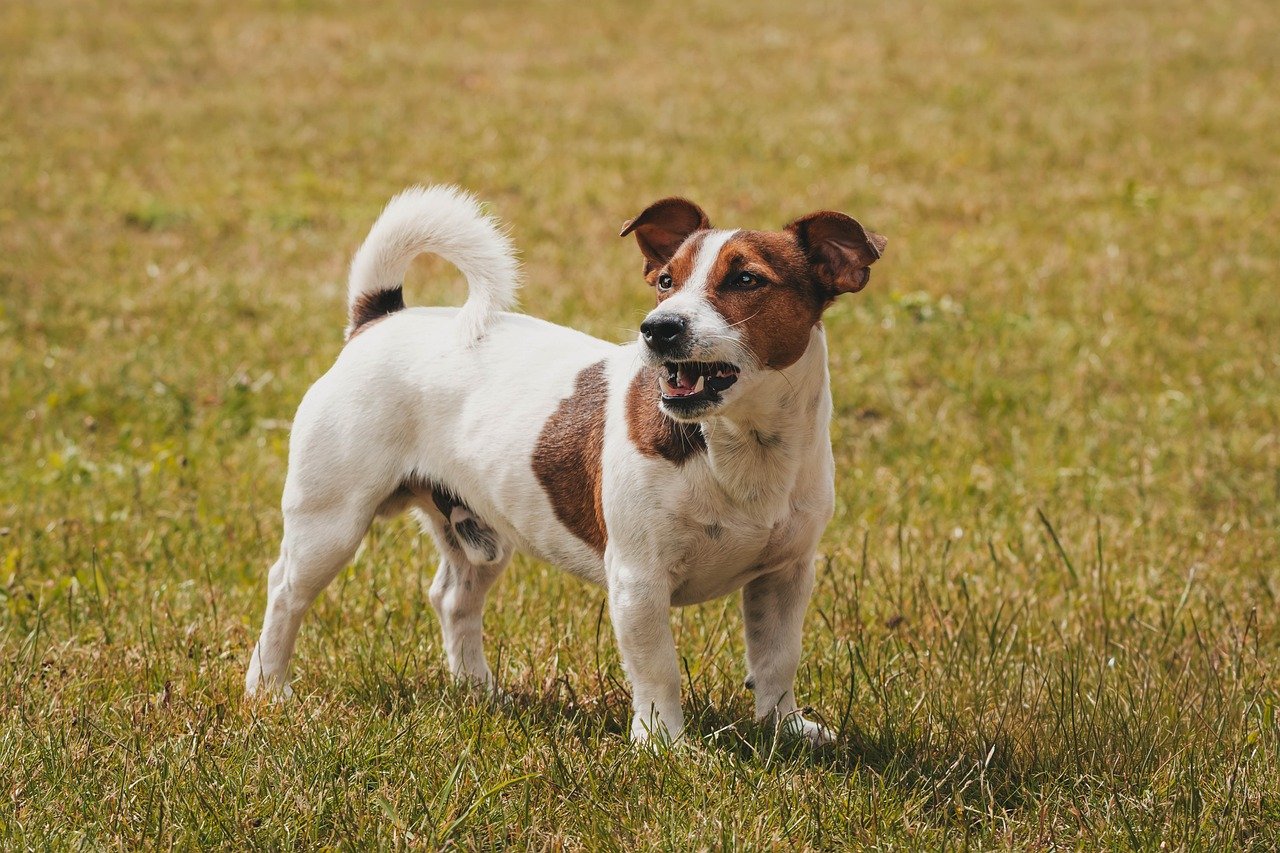
The average life expectancy for a Jack Russell Terrier is between 10-15 years. However, with proper care and good genetics, many Jack Russells live well into their mid-teens. Their boundless energy isn’t just endearing, it’s a key factor in their longevity.
These dogs were bred to work all day, every day. That incredible stamina translates into cardiovascular health that keeps them going strong well into their teens. However, their fearless nature can get them into trouble, so secure fencing and leash training are essential.
Mental stimulation is just as important as physical exercise for Jack Russells. A bored Jack Russell is a destructive Jack Russell. Puzzle feeders, agility training, and interactive toys channel their intelligence constructively and prevent stress-related health issues.
West Highland White Terrier: The Hardy Highlander
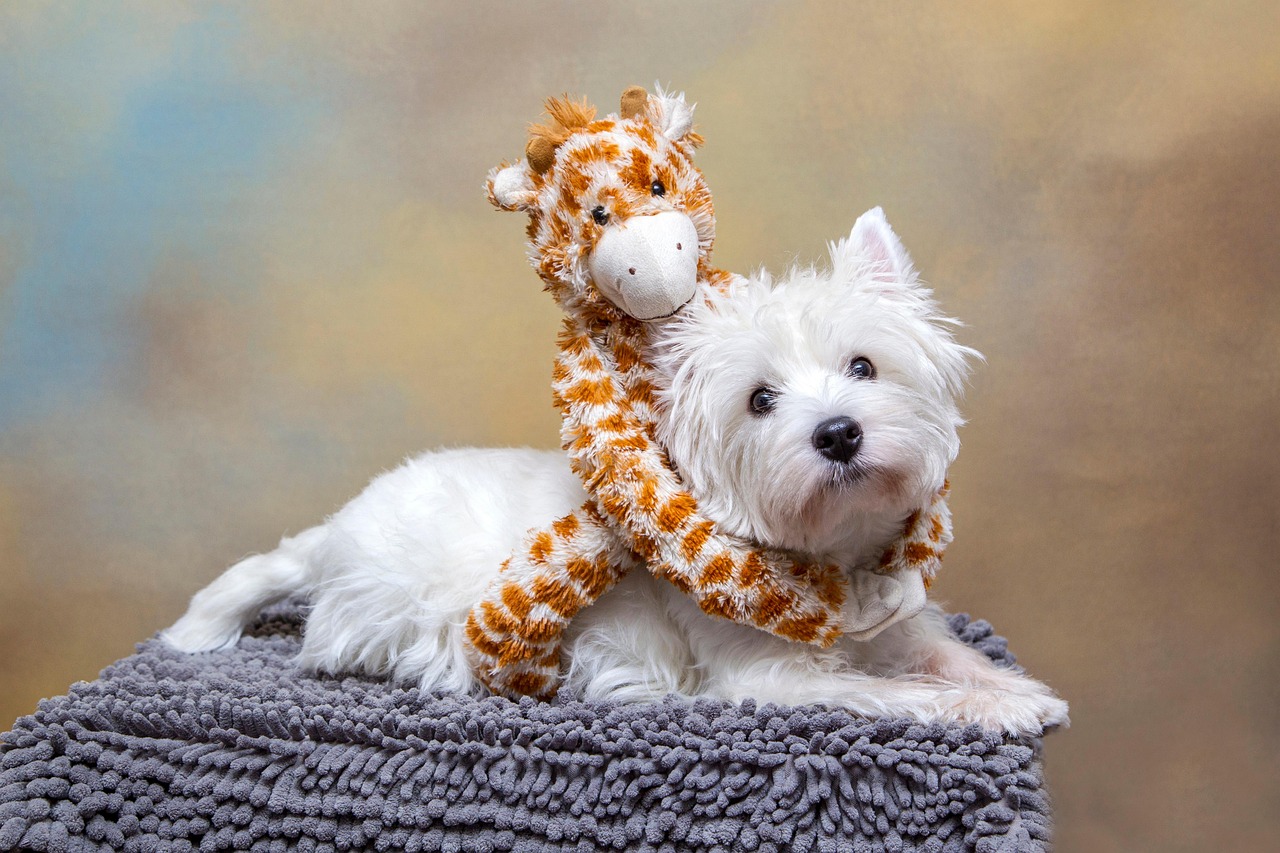
Studies of Kennel Club-registered dogs have shown that the West Highland White Terrier typically lives 12-16 years. Westies usually weigh no more than 20 pounds, according to the AKC, which agrees that they are generally healthy dogs.
These Scottish terriers embody the Highland spirit: tough, resilient, and surprisingly adaptable. Their weather-resistant double coat protected them in harsh Scottish climates, and that same hardiness serves them well as family companions. Westies rarely complain about minor aches and pains.
Skin allergies can be their Achilles’ heel, so monitor for excessive scratching or red, irritated skin. Early intervention with proper diet and veterinary care prevents minor skin issues from becoming major health problems that could impact their quality of life.
Beagle: The Merry Hunter

While there is no guarantee for the average life expectancy of a Beagle, the typical longevity is 12–15 years – a common lifespan for dogs of their size. Some Beagles have been reported to live into their early twenties.
Beagles possess that perfect medium-dog sweet spot: large enough to be sturdy, small enough to avoid the health problems of giant breeds. Their hunting heritage means they’re built for endurance, not speed, which translates into sustainable health throughout their lives.
Beagles are prone to a few health conditions, including ear infections, so it’s important that pet parents keep their dogs’ floppy ears clean. Those adorable floppy ears trap moisture and debris, creating perfect conditions for bacterial growth. Weekly cleaning prevents infections that could affect their overall well-being.
Border Collie: The Brilliant Athlete

Border Collies represent the perfect storm of intelligence, athleticism, and genetic diversity that often leads to exceptional longevity. Border Collie (13.1 years) might seem modest compared to the tiny breeds, but for a medium-sized working dog, this is impressive.
Their legendary intelligence isn’t just for show, it helps them navigate the world safely and adapt to changing circumstances. Border Collies seem to understand cause and effect better than most breeds, keeping them out of dangerous situations that might injure less thoughtful dogs.
The flip side of their brilliance is their need for constant mental stimulation. An under-stimulated Border Collie can develop obsessive behaviors that impact their physical and mental health. Daily training sessions, puzzle toys, and jobs to do keep them mentally satisfied and physically healthy.
Australian Cattle Dog: The Outback Survivor

While Australian Cattle Dogs can weigh up to 50 pounds, they also have a life expectancy of 12 to 16 years, according to the AKC. Sabrina Kong, staff veterinarian writer at WeLoveDoodles, notes that this breed is known for its high energy levels and sturdy build.
These dogs practically invented the concept of “use it or lose it.” Bred to work cattle in Australia’s harsh outback, they developed incredible endurance and resilience. That same toughness translates into remarkable longevity for a medium-sized breed.
Australian Cattle Dogs need jobs. Without proper outlets for their energy and intelligence, they can become anxious and destructive. Daily vigorous exercise combined with training or agility work keeps both their bodies and minds in peak condition well into their senior years.
Conclusion
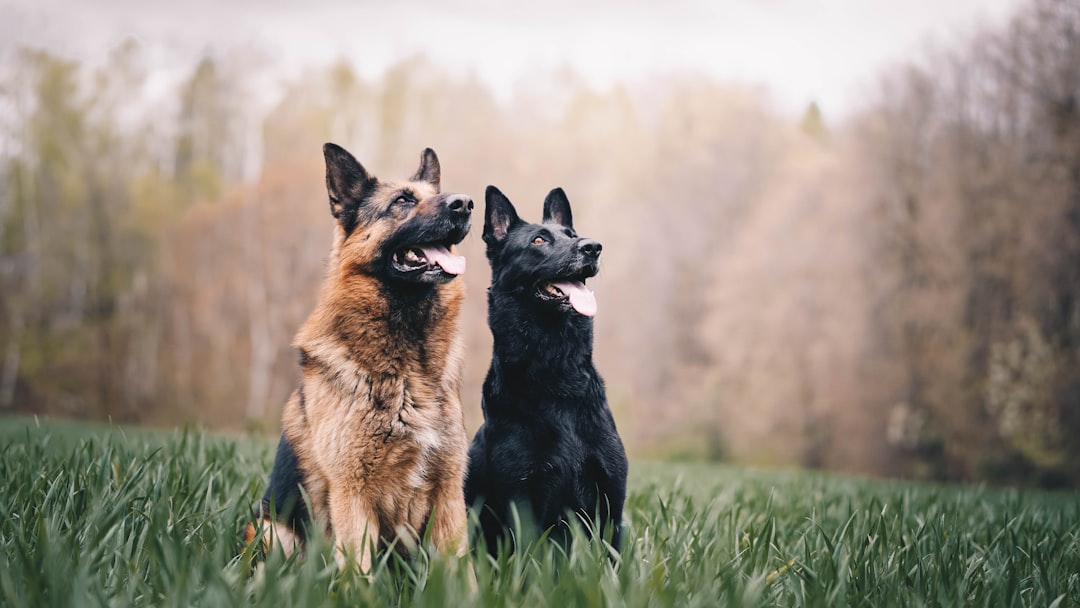
Choosing a long-lived breed is just the beginning of the journey. Research has shown that small dogs typically live longer than large breeds, as the latter are more prone to joint and bone problems, stomach troubles, and hormone disorders, among other issues. However, every dog’s lifespan ultimately depends on the love, care, and attention they receive from their human families.
The secret to a long canine life isn’t complicated: proper nutrition, regular exercise, preventive veterinary care, mental stimulation, and mountains of love. These ten breeds give you the best statistical advantage, but any dog can live a long, healthy life with dedicated care. What do you think about these longevity champions? Tell us in the comments which breed has stolen your heart.

Andrew Alpin from India is the Brand Manager of Doggo digest. Andrew is an experienced content specialist and social media manager with a passion for writing. His forte includes health and wellness, Travel, Animals, and Nature. A nature nomad, Andrew is obsessed with mountains and loves high-altitude trekking. He has been on several Himalayan treks in India including the Everest Base Camp in Nepal.






